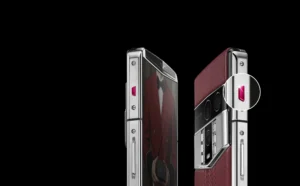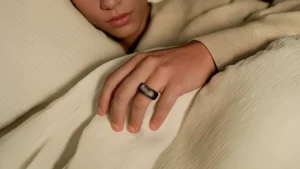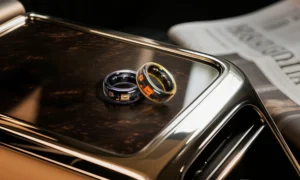At 1:00 AM today, Queen Elizabeth II of the United Kingdom, Elizabeth Alexandra Mary, passed away after several hours of medical monitoring, at the age of 96.

As the longest-reigning British queen, Queen Elizabeth II has experienced many ups and downs throughout her life. During her lifetime, she has witnessed world wars, the decline of the British Empire, and the birth and dissolution of the bipolar world dominated by the United States and the Soviet Union.
Although in today's British political system, the position of “queen” is more of a spiritual leader with symbolic significance outweighing actual power, Queen Elizabeth II has an immeasurable and diverse influence. She has not only set many historical precedents but also left a brilliant legacy in the field of fashion.
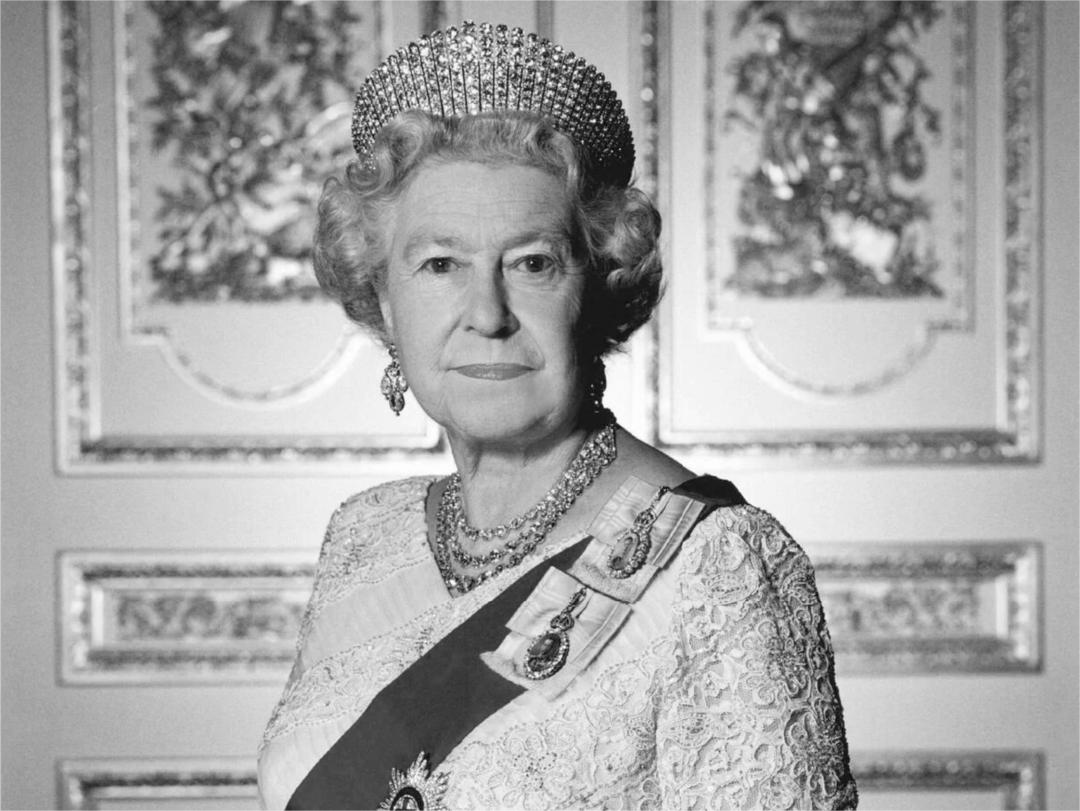
It is no exaggeration to say that her fashion influence is no less than that of any era's icon, and the people she can influence are all powerful celebrities and politicians.

As a royal family member who grew up during World War II, Queen Elizabeth's fashion often reflected the national conditions of the United Kingdom. Before Elizabeth became the queen, she mainly wore typical printed tea dresses and pleated dresses from the 1930s and 1940s. In 1947, Princess Elizabeth married Prince Philip, wearing a dress designed by the women's fashion designer Norman Hartnell, made from silk purchased with ration coupons.
In 1952, Norman Hartnell became one of Queen Elizabeth's official tailors, responsible for preparing the queen's attire for state banquets and receptions. Hardy Amies was in charge of the queen's daily wear until 1990, and Freddie Fox was the queen's milliner, creating a large number of hats for the queen until his retirement in 2002.
However, despite being the queen of a country, Elizabeth II is not particularly fond of traditional luxury brands such as Hermes or Chanel. Instead, she has a preference for domestic designer brands. Her classic look has three distinctive features – a custom-made colorful suit from Angela Kelly, a signature black Launer handbag, and a pair of loafers from Anello & Davide.
01 is a ‘grassroots influencer' and a role model for supporting local design forces
Angela Kelly, born of humble beginnings, worked as a domestic servant before joining the royal household. She officially became the Queen's court dresser in 1993 and was promoted to senior dresser three years later, eventually becoming the Queen's Senior Dresser and Personal Assistant in 2002.

In addition to being responsible for the Queen's styling, Angela Kelly also designs and customizes clothing specifically for her. Angela Kelly co-founded the fashion brand Kelly & Pordum with tailor Alison Pordum in 2002, but Pordum eventually left the fashion team in 2009.
As the Queen's preferred handbag brand, Launer was founded in 1942, and its founder, Sam Launer, is from Czechoslovakia. The brand is committed to using the best leather materials to make handbags, and the Queen has personally granted a royal warrant to certify the quality of the brand's handbags. The reason why Elizabeth is particularly fond of Launer is not only because of the excellent quality of the products but also due to the brand's attentive service; the brand uses lighter leather materials and meticulous adjustments to facilitate the Queen's handshaking with others during diplomatic events.
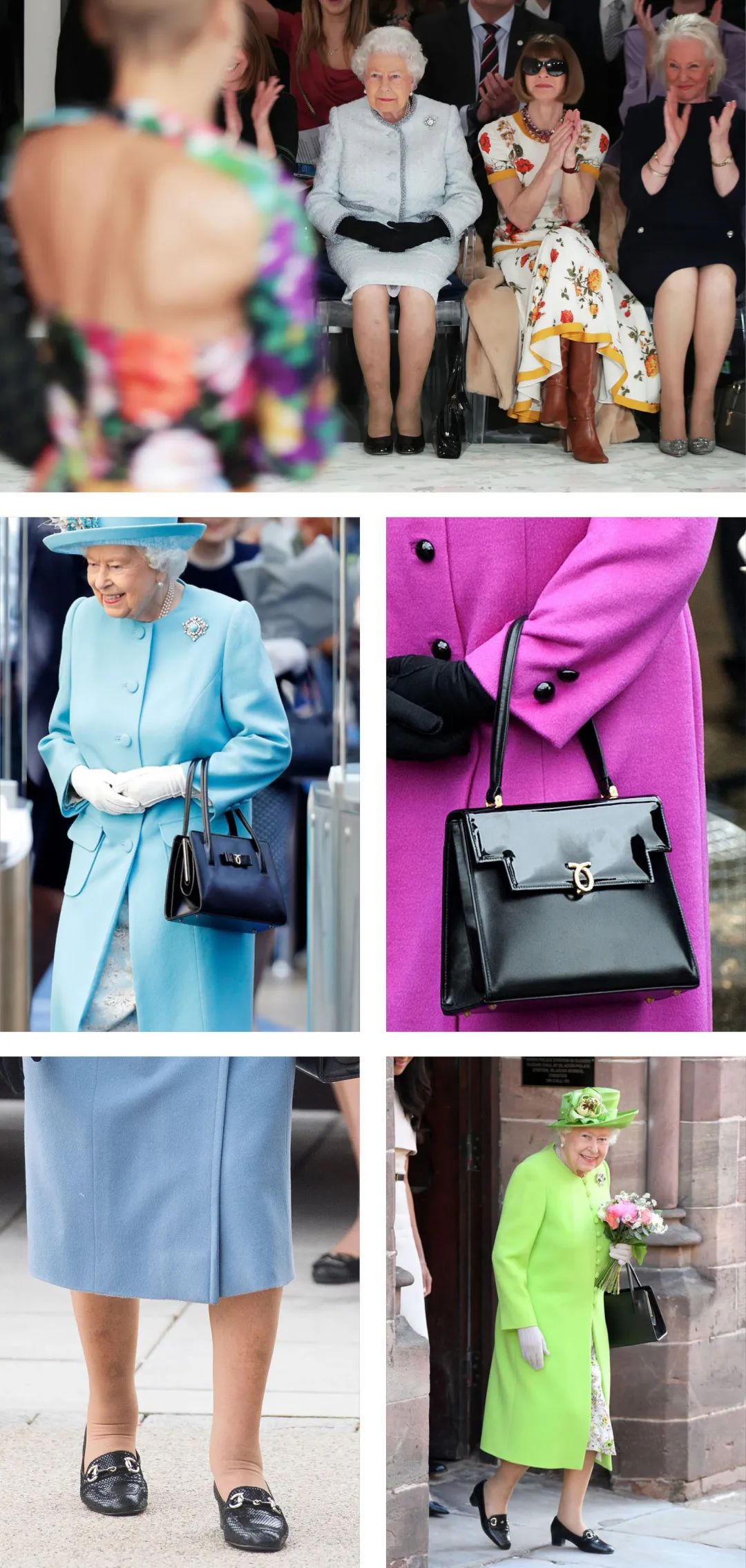
As for the loafers brand that the queen often wears, Anello & Davide also comes from the United Kingdom, established in 1922. The brand's products are made from top-grade calfskin, and all shoes are custom-made by hand. The brand has also exclusively customized Beatle Boots for the British band, The Beatles.

The Queen's fondness for Anello & Davide is partly due to her favorite designer, Davide Hyatt, who previously switched from the shoe brand Rayne to Anello & Davide. In addition to these three brands, the hat brand Rachel Trevor-Morgan, the royal umbrella brand Fulton, and the royal perfume brand Floris of London are several brands favored and popularized by Elizabeth II.
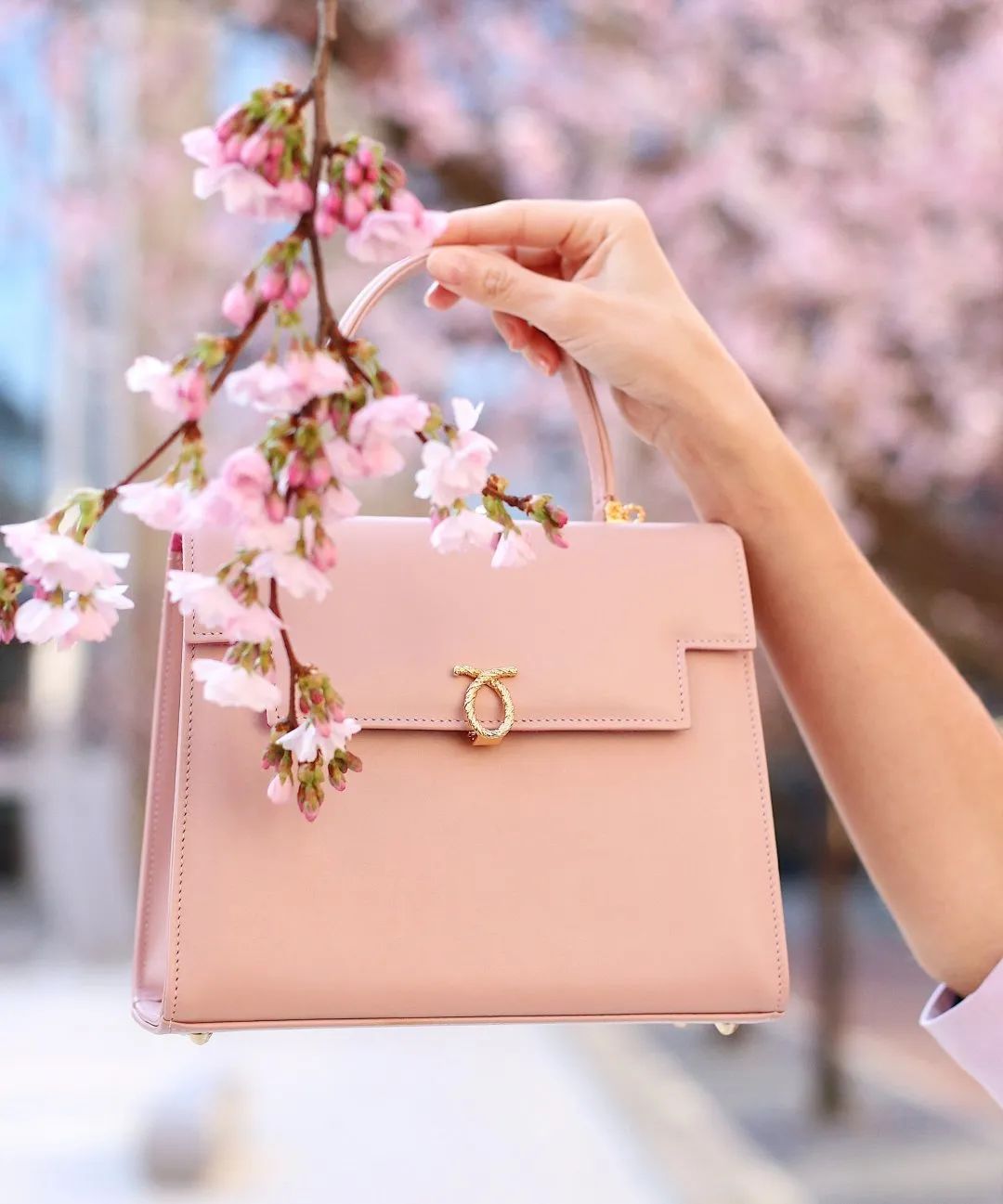
However, the Queen's dressing charm is far more than just a trend-setter. As a symbol of the British royal family and the spiritual pillar of the nation, Queen Elizabeth II's fashion has become a symbol of communication. Royal historian Hugo Vickers once commented on the Queen's dressing, believing that Elizabeth II is very good at using her wardrobe to communicate with the world.
After the end of World War II, Princess Elizabeth, who was still a princess at that time, was very fond of gorgeous embroidered dresses, which conveyed her hope for the end of the war and the beginning of a new life. In addition, the Queen also wore green when she visited Ireland. Green is not only one of the main colors on the Irish flag but also the favorite color of the Irish people.
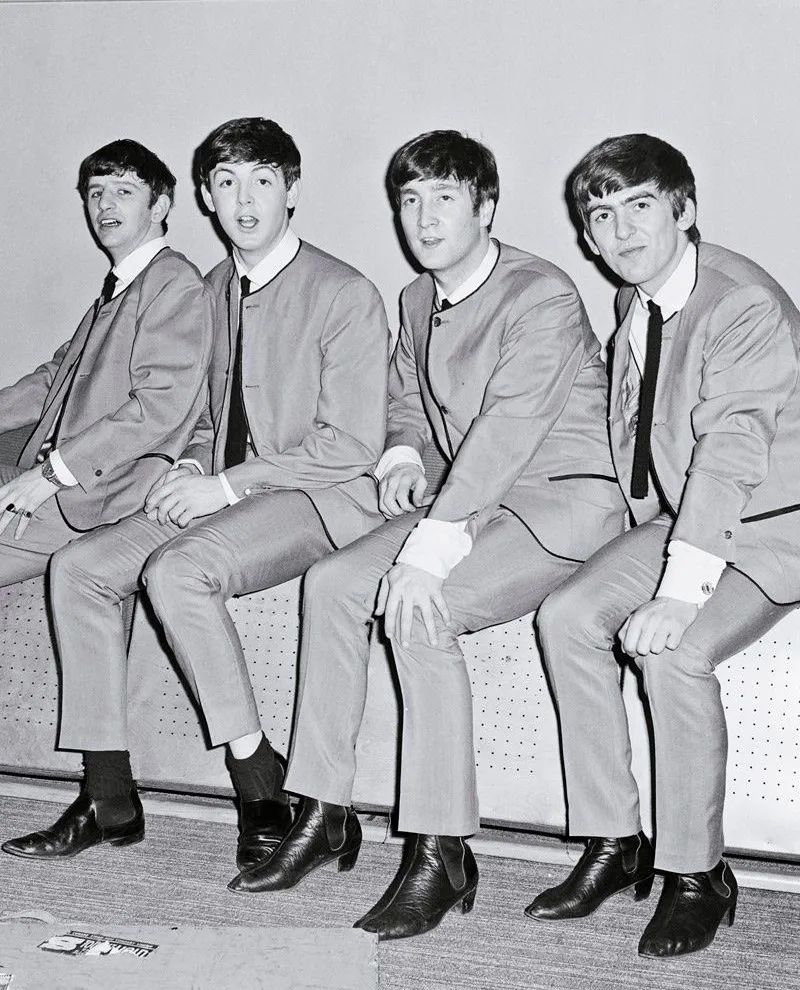
A commentary from The Guardian also pointed out that Queen Elizabeth II's approach to conveying subtle messages through her choice of clothing colors and unique tailoring for specific occasions has influenced the way female politicians like Thatcher, Merkel, and Hillary Clinton dress.
In this regard, former First Lady of the United States, Nancy Reagan, grasped the essence of the Queen's approach. She often wore a red suit, which was even dubbed “Reagan Red.” Mrs. Reagan also believed that fashion was a powerful weapon for the White House. Additionally, another former First Lady of the United States, Michelle Obama, often wore more middle-class professional attire to convey a relatable and down-to-earth image.

However, the queen's fashion style, which has remained consistent for decades, has not been without criticism. Some critics have considered the queen's two-piece skirt suits as un-evolved fashion, and were even regarded as conservative elements in the fashion industry. The image of being “conservative” is not a good thing in today's world where the existence of hereditary royal families is facing increasing criticism. In the 2000 global worst-dressed list, the queen ranked in the top three.
As the saying goes, there are a thousand Hamlets in a thousand readers' eyes. In the eyes of writer Elizabeth Holmes, the queen's fashion is dazzling, and her eye-catching but not overly flamboyant dressing style became one of the charms that attracted people when Elizabeth first took over the royal crown. For this reason, Elizabeth also launched an Instagram project to track the royal fashion style, called “So Many Thoughts”.
This charm has not only influenced public opinion since her tenure but also guided the choice of dressing style for female leaders around the world. Fashion historian Bronwyn Cosgrave pointed out that the queen's influence in “power dressing” has spread to this day, and many powerful women now regard clothing as a powerful force.
Sali Hughes, the author of “Our Rainbow Queen,” once said that we still live in an era where women are destined to disappear after a certain age, and they are decorations that blend into the background of the times. However, the British queen has made the gaze of the times focus on her, which is not entirely due to the halo of the royal family itself. She has been creating surprises step by step within the rules, which is unexpected.
02 Fashion icon who communicates through wardrobe
Although the brilliant life of the British Queen has come to an end on September 8, 2022, the countless precious photos, portraits, and films she left behind, as well as the fashion charm and the qualities and strength of a female leader that they embody, will continue to inspire and provoke endless thought for future generations.


